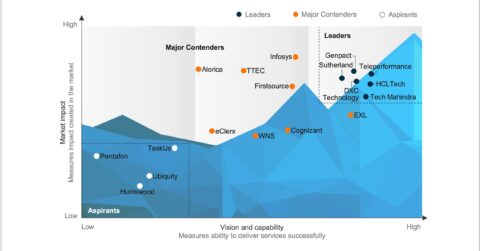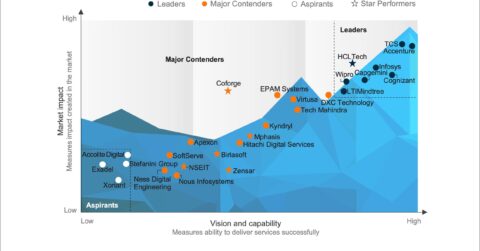Reimagine growth at Elevate – Dallas 2025. See the Agenda.
Filter
Displaying 11-20 of 236
Financial Services and the Hybrid Cloud Advantage: Expert Perspectives on Transformation
November 14, 2024
05:30 AM PT | 08:30 PM ET
Webinar
Getting Past the Shiny Object Phase of Gen AI in Banking and Financial Services | Webinar
September 23, 2024
11:00 AM PT | 2:00 PM ET
Webinar













